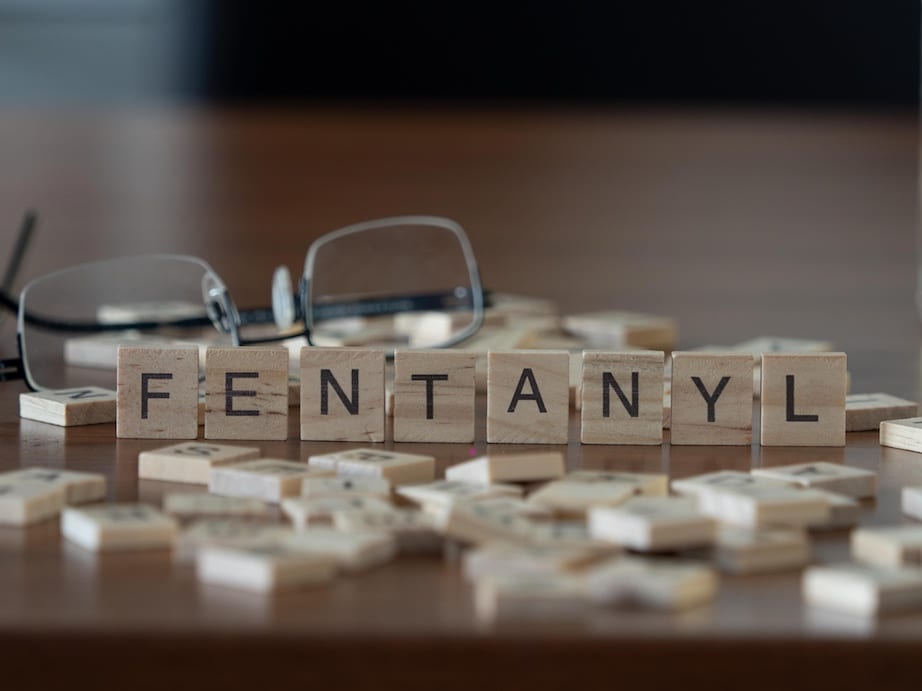
Opioids are prescription drugs, such as OxyContin, or street drugs, such as heroin. The opioid Fentanyl is legal when prescribed by a licensed medical doctor, but it’s illegal when produced on the street or from unlawful drug markets.
Some people take legal opioids responsibly, but others have a substance use disorder with either legal opioids or illegal opioids. This article will describe Fentanyl, the signs of addiction, and the treatment for a fentanyl use disorder.
What is Fentanyl Addiction?
Fentanyl is a synthetic opioid. Like other opioids, Fentanyl interacts with the brain and produces various effects, such as eliminating severe pain. It’s important to understand the difference between opioids to understand Fentanyl.
Types of opioids
Natural opioids: An example of a natural opioid is morphine. It originates from the opium poppy plant.
Semi-synthetic opioids: An example of a semi-synthetic opioid is heroin. It comes from morphine, and it is chemically processed.
Synthetic opioids: Fentanyl is an example of a synthetic opioid. It is made entirely by scientists in labs.
More on Fentanyl
Fentanyl is a prescription drug that is 50 to 100 times more powerful than morphine. Fentanyl originated to help cancer patients with severe pain. It’s taken as a shot, patch, or sucked like a cough drop. The street names for illegal Fentanyl include China Girl, China White, Goodfellas, Poison, and Tango & Cash.
Fentanyl binds itself to one’s opioid receptors, which are portions of the brain that control such states as pain. The more Fentanyl a person takes, the more the brain adapts. As a result, a person may take more and more of the drug, resulting in a substance use disorder.
Today, Fentanyl is the drug responsible for the most overdose deaths in the United States. At much as 59.8 percent of opioid-related deaths in 2017 involved Fentanyl. That percentage represents a 45.5 percent increase since 2010.
In addition, more and more drug dealers are mixing Fentanyl with drugs such as cocaine and heroin. In many cases, people think they are purchasing OxyContin when it’s Fentanyl mixed with other substances. When they do this, it gives the drug a more potent high. Unfortunately, it also makes the drug even more dangerous and more possible for an overdose.
What are the Signs of Addiction to Fentanyl?
There is only one way to know, 100 percent, that you are consuming genuine Fentanyl. You can only be guaranteed if you get it prescribed by a licensed medical doctor. And you can only stay safe with its use if you follow the doctor’s instructions.
There are many signs that you may have a substance use disorder to Fentanyl. Withdrawal symptoms can start between 12 and 30 hours after you last took it.
These symptoms include extreme cravings, sweating, nausea, vomiting, weakness, bone pains, muscle spasms, diarrhea, chills, a poor physical appearance, etc. Besides the physical signs of fentanyl addiction, other serious consequences often occur, including adverse effects on personal relationships, school, and work, and being obsessed with the next Fentanyl hit at the exclusion of everything else. An addiction can also involve legal trouble, like stealing money for the drug.
Withdrawal symptoms from Fentanyl are highly uncomfortable. Therefore, no one should try to withdraw from the drug “cold turkey.” The highly recommended way to stop taking Fentanyl and prevent relapse is with professional addiction treatment for the drug.
What Is the Treatment for a Fentanyl Substance Use Disorder?
Professional fentanyl addiction treatment involves a comprehensive approach to treating the client. When you have professionals helping you rid yourself of the drug, you don’t have to feel alone.
Detox
A 24/7 medical detox, supervised by doctors and nurses, can safely rid your system of Fentanyl. Withdrawal can last for up to 10 days. So the goal of the detox is to help you detox as comfortably as possible.
Inpatient and Outpatient Treatment
With inpatient treatment, you are in a recovery center for an extended period – typically 90 days. The treatment includes many approaches such as individual and group therapy and holistic therapies such as meditation and yoga. You need to stay the entire time recommended for the best chance of success.
Outpatient treatment is typically the next step after inpatient treatment. It typically involves treatment that allows you to return to your home and work life. So, for example, you may get treatment for a couple of hours a day. For outpatient treatment to work, you’ll need a strong support system outside the treatment center.
Medication-Assisted Treatment
Medication-assisted treatment (MAT), such as methadone or naltrexone, is also an approach for clients suited for it. MAT occurs in addition to other therapies in recovery.
Aftercare
Aftercare support, such as a 12-step group, is vital to recovery. Know that if you have a substance use disorder to Fentanyl, you’re not alone, and help is out there. A professional center for fentanyl addiction recovery is the way to go.